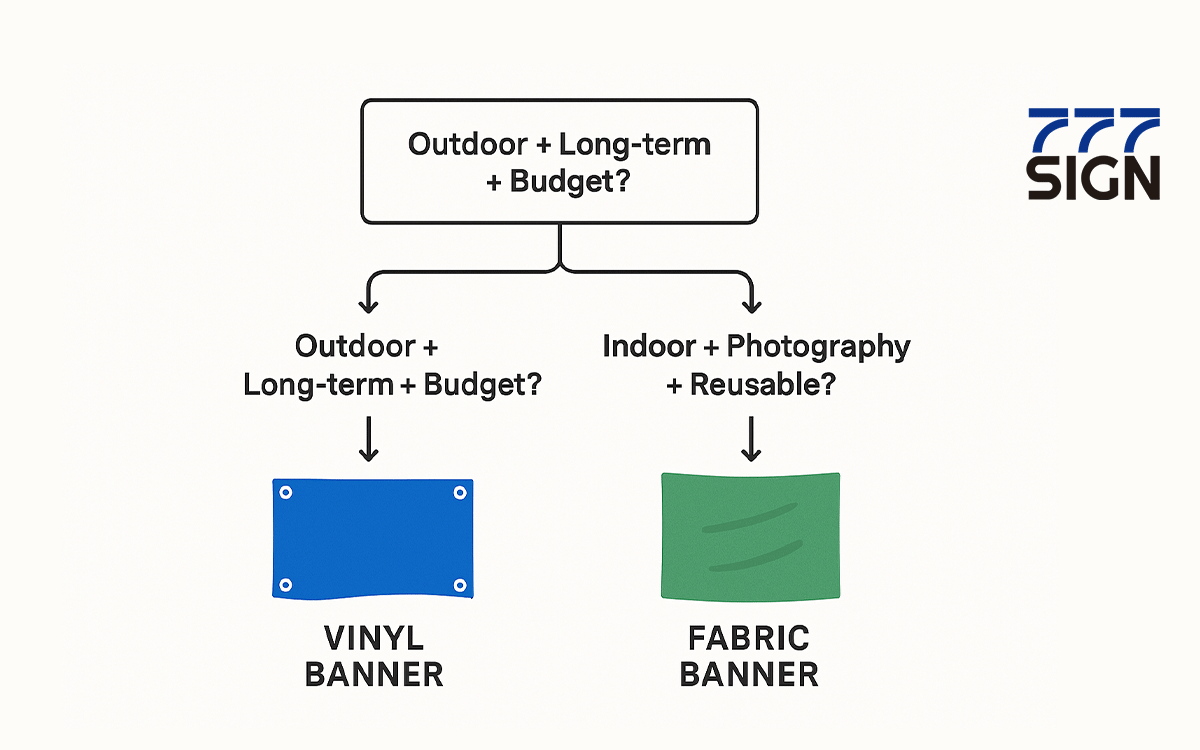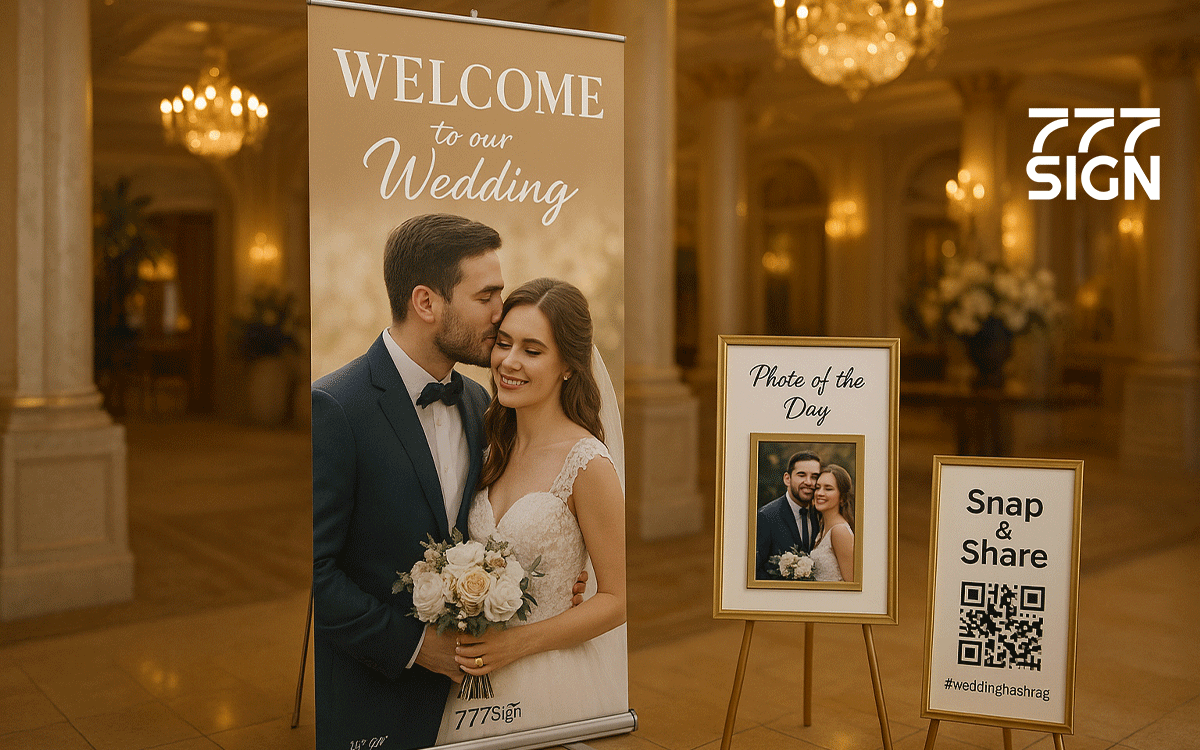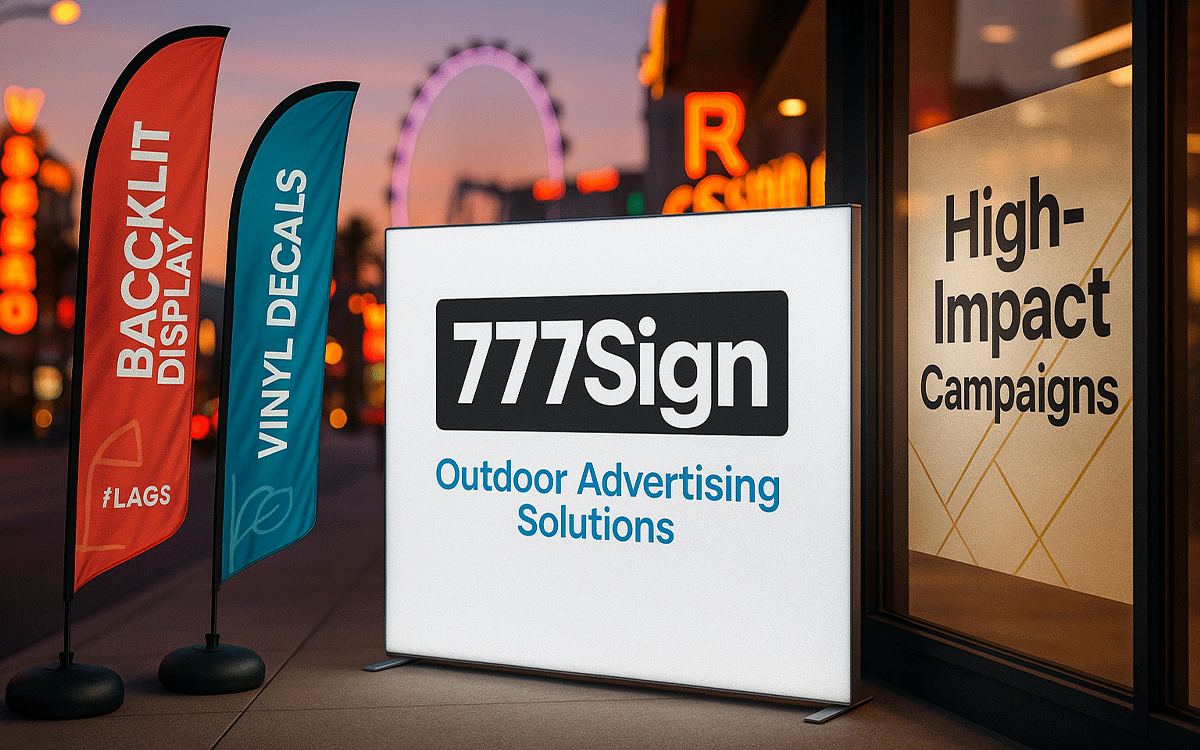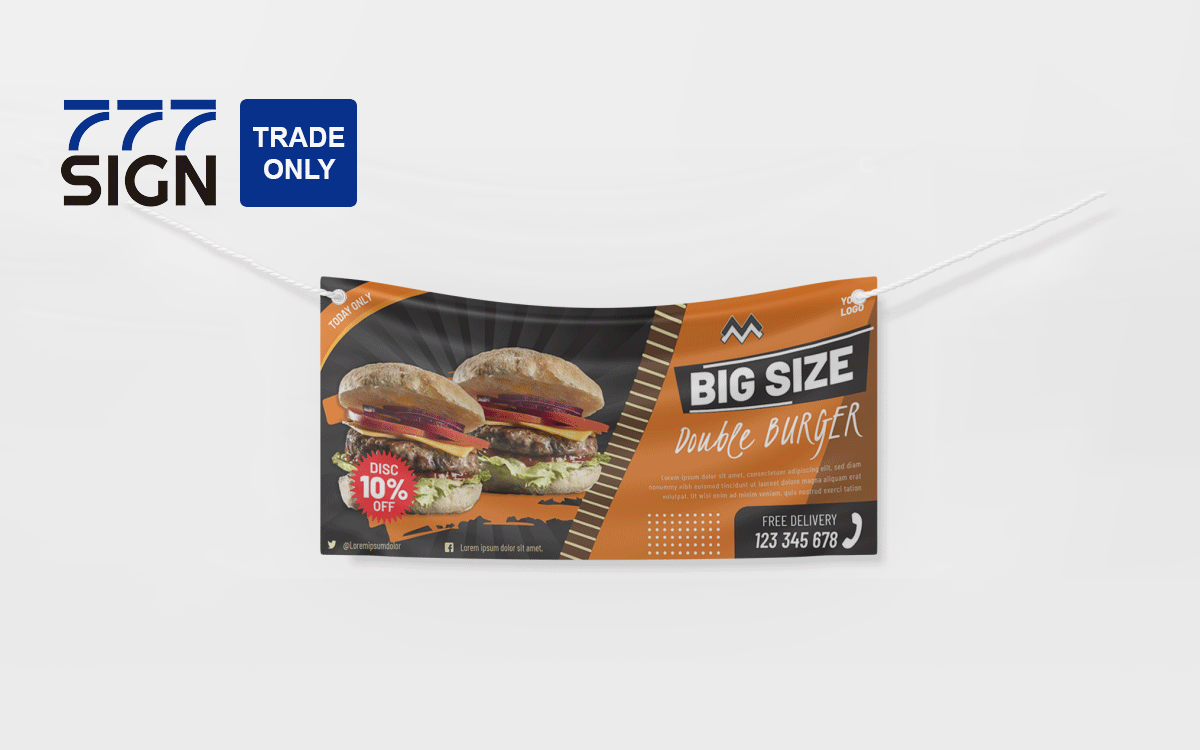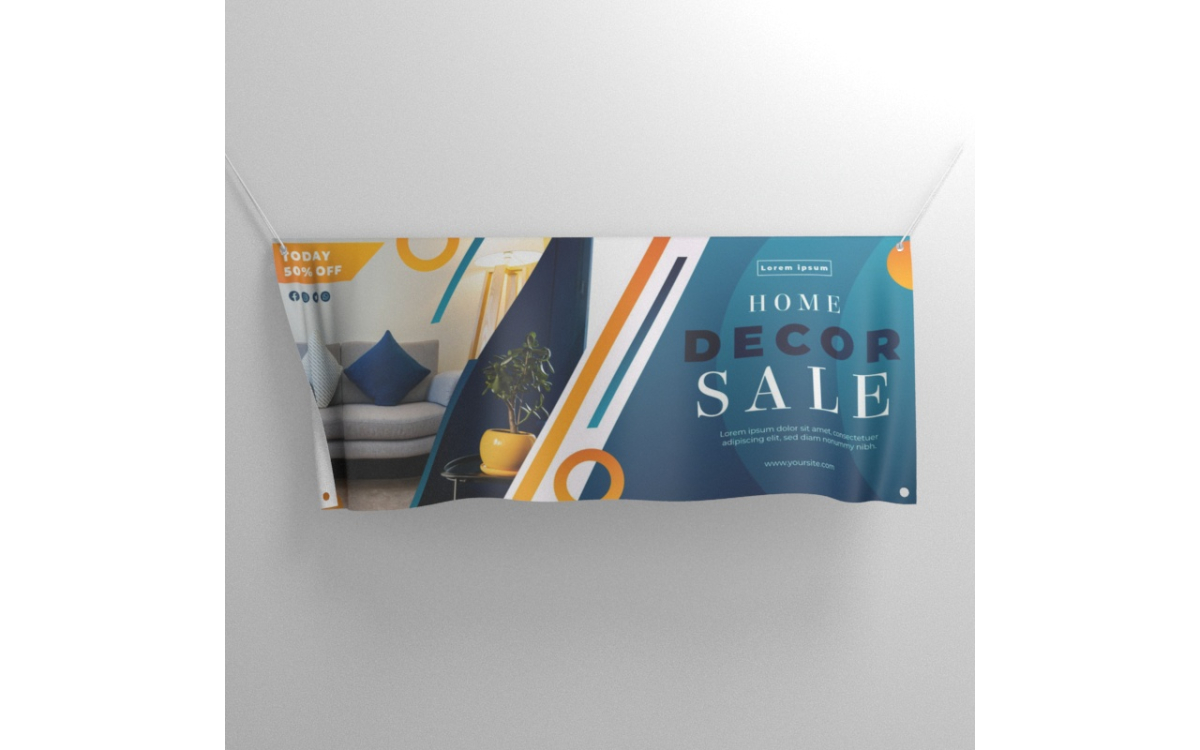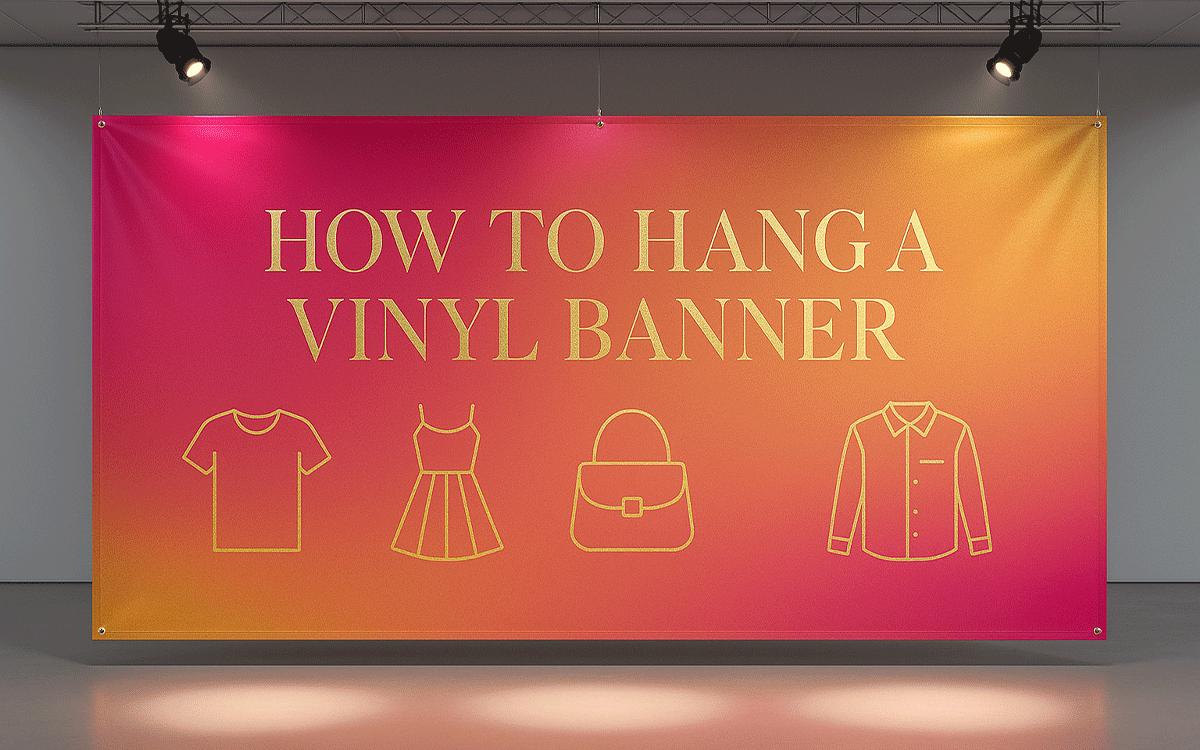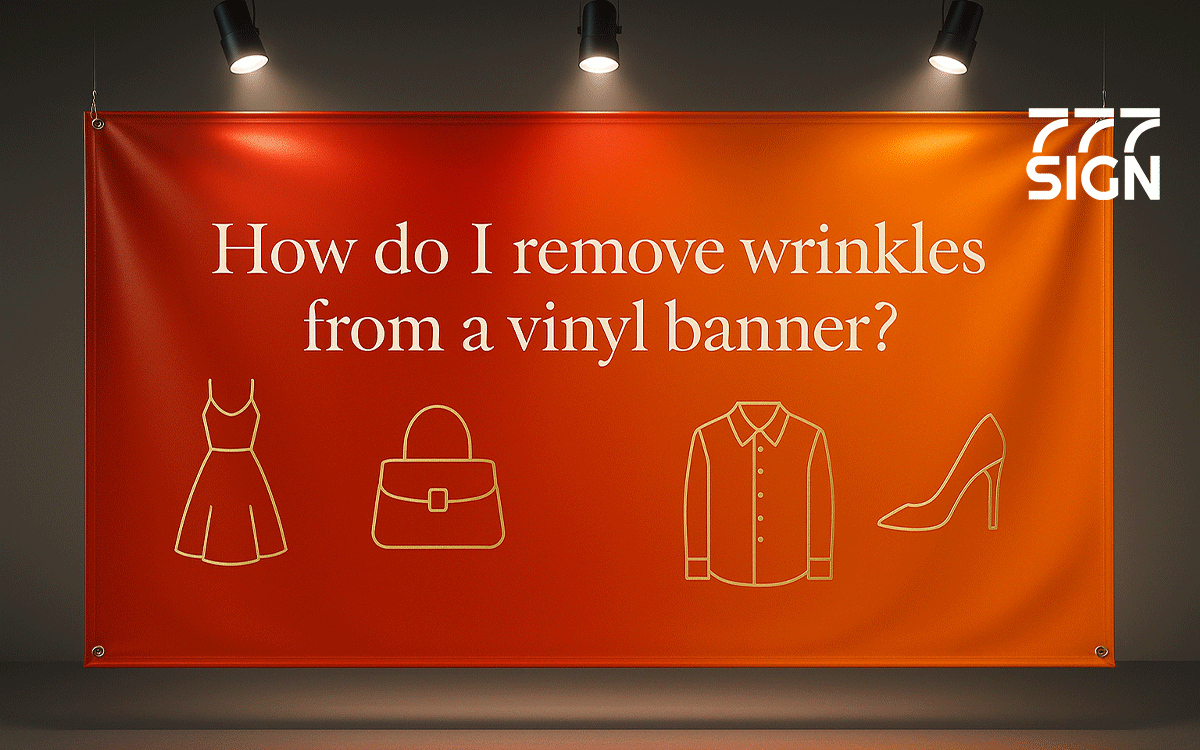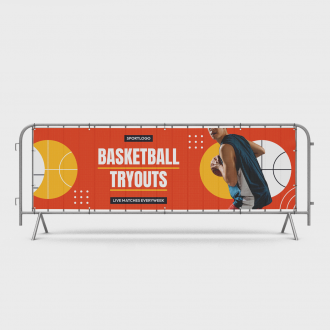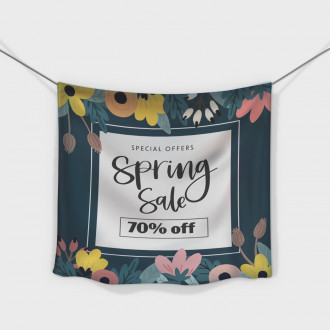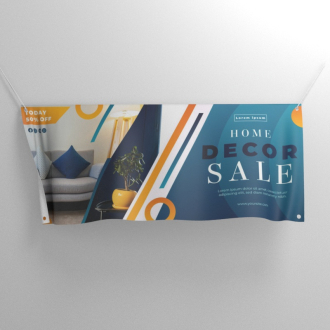Choosing between vinyl banners and fabric banners? Get it wrong, and you risk wasting $100s on banners that tear, fade, or look unprofessional. This guide reveals which material fits YOUR needs.
How Do I Choose Between Vinyl Banners and Fabric Banners? (Comparison Guide)
Selecting the right material between vinyl and fabric banners can be a daunting task. However, with a clear understanding of your requirements, the decision becomes much simpler. Here's a decision flowchart to help you out:
- Outdoor + Long-term + Budget? → Vinyl
- Indoor + Photography + Reusable? → Fabric
Let's break it down further with a comparison table highlighting key aspects such as durability, price, and suitable scenarios.
Aspect | ||
Durability | Highly durable, can withstand harsh outdoor conditions like rain, wind, and sunlight. Resistant to tearing and fading. | Less durable outdoors. Vulnerable to fraying, water damage, and fading under direct sunlight. However, it is more resistant to wrinkles and cracking than vinyl in extreme temperatures indoors. |
| Price | Generally, more cost-effective. Mass-produced, which keeps manufacturing costs low. It can last for years outdoors, reducing the need for frequent replacements. | Tend to be more expensive. |
Suitable Scenarios | Ideal for long-term outdoor use such as street fairs, storefront promotions, and construction site signage. Also suitable for indoor use where durability is a priority. | Ideal for indoor events, including trade shows, photo booth backdrops, and high-end corporate gatherings. Their non-reflective surface makes them perfect for Photography and variable indoor lighting setups. |
Consider the case of a local restaurant that wanted to promote an outdoor summer special. They opted for a fabric banner, thinking it would give a more inviting look. However, within three weeks, the banner started to fade due to constant sun exposure. A better solution would have been to choose a vinyl banner, which could have withstood the outdoor elements and maintained its vibrant color for a longer period.
How to Install Heavy-Duty Vinyl Banners? (Installation Guide)
Installing heavy-duty vinyl banners requires a proper approach to ensure they are secure and long-lasting. Here's a 5-step installation metheod:
- Gather Tools: You'll need items like heavy-duty grommets, grommet installation tools, strong ropes or cables, and zip ties.
- Prepare the Banner: Check the banner for any damage. If it has grommets already, ensure they are in good condition. If not, install grommets at appropriate intervals. A general rule of thumb for grommet spacing is to place them every 18 - 24 inches for smaller banners and every 24 - 36 inches for larger, heavier banners.
- Locate Mounting Points: Identify sturdy structures where you can attach the banner. This could be walls, poles, or fences. Make sure these points can support the weight of the banner.
- Attach the Ropes or Cables: Thread the ropes or cables through the grommets. If using zip ties, loop them through the grommets and secure them tightly.
- Hang the Banner: Raise the banner to the desired location and tie the ropes or cables securely to the mounting points. Use zip ties to secure the banner in place further if needed.
Pro Tip: In high-wind areas, consider using Mesh Vinyl banners. Mesh banners have small holes that allow wind to pass through, reducing wind resistance. Compared to regular vinyl banners, mesh vinyl banners are less likely to be damaged by strong winds. They still offer good durability and print quality, making them an excellent option for outdoor locations with challenging wind conditions.
⚠️ Avoid This: PVC vinyl can become brittle at temperatures below -20°C. If you live in an area with frigid winters and plan to use vinyl banners outdoors, make sure to choose a cold-resistant vinyl material or take the banners down during the coldest months to prevent cracking and damage.
Can Fabric Banners Be Used Outdoors? (Durability Guide)
There's a common misconception that all fabric banners are unsuitable for outdoor use. While it's true that the elements can damage many fabric materials, there are solutions. Coated polyester banners, for example, are an excellent option for outdoor use. The coating makes them water-resistant, protecting the fabric from rain damage.
Let's look at how fabric banners fare in three common outdoor scenarios through some tests:
- UV Resistance: In a test where a coated polyester fabric banner and a regular vinyl banner were exposed to direct sunlight for a month, the vinyl banner showed minimal fading. The coated polyester fabric banner also held up well, with only a slight color change. However, an uncoated fabric banner faded significantly, losing much of its vibrancy.
- Rain Resistance: When subjected to simulated rain for several hours, the coated polyester fabric banner repelled water well, with no signs of water seeping through. In contrast, an uncoated fabric banner became saturated, and the colors started to bleed.
- Wind Resistance: In a wind tunnel test, a lightweight fabric banner without proper reinforcement was easily torn at the edges when exposed to strong winds. A coated polyester fabric banner with grommets and proper reinforcement held up better but still showed more signs of wear compared to a heavy-duty vinyl banner.
If you're still hesitant about using fabric outdoors, consider a hybrid vinyl-fabric material. These materials combine the best of both worlds, offering the durability of vinyl and the aesthetic appeal of fabric. They are often more resistant to the elements than regular fabric and can be an excellent option for outdoor events where you want a more refined look.
How to Clean Creased Vinyl Banners? (Cleaning & Repair)
Over time, vinyl banners may develop creases, especially if they have been stored or transported improperly. Here's a DIY solution to remove those creases using a heat gun:
- Set the Temperature: Different vinyl materials require different temperatures. For standard 13 oz vinyl, set the heat gun to around 150 - 200°F. For heavier 18 oz vinyl, a temperature of 200 - 250°F may be more appropriate.
- Test in a Small Area: Before applying heat to the entire creased area, test the heat gun on a small, inconspicuous part of the banner to ensure the temperature is correct and will not damage the vinyl.
- Apply Heat: Hold the heat gun about 6 - 8 inches away from the creased area of the vinyl banner. Move the heat gun slowly and evenly across the crease. The heat will soften the vinyl, allowing the crease to relax.
- Smooth the Crease: As you apply heat, gently smooth the creased area with your hand or a soft cloth. Apply light pressure to help flatten the crease completely.
For stubborn stains on vinyl banners, you can create a cleaning solution using a mixture of equal parts white vinegar and water. Dampen a soft cloth with the solution and gently rub the stained area. Avoid using abrasive cleaners as they can scratch the surface of the vinyl.
If you're facing unique issues with your vinyl banner, upload your banner problem, and we'll provide you with a customized repair solution.
Which Material Gives Professional Photography Results? (Design Guide)
When it comes to using banners as backdrops for professional Photography, the choice of material can make a significant difference.
- Reflectivity: Vinyl banners, especially those with a glossy finish, can create glare under studio lights or bright sunlight. This glare can wash out the subject and make the overall photo look unprofessional. In contrast, fabric banners have a matte finish that absorbs light, resulting in a more even and natural look in photos. The image below shows the difference:
- Printing Precision: Fabric banners generally offer higher printing precision. For example, fabric banners can achieve a resolution of up to 1200dpi, while vinyl banners typically have a maximum resolution of around 720dpi. This higher resolution on fabric allows for more detailed and sharper images, making it ideal for photos that require a high level of clarity, such as product photography or corporate headshots.
- Brand Color Matching: Designers recommend choosing fabric banners when trying to match specific brand colors accurately. The way fabric absorbs ink results in a more consistent and true-to-color representation. With vinyl, the glossy surface can sometimes alter the perception of colors, making it a bit more challenging to achieve the exact brand color match.
Still unsure? Take Our 60-Second Quiz:
Answer three questions and get a personalized material recommendation + instant coupon for custom vinyl banners or reusable fabric banners. This quick quiz considers your specific needs, including the event type (indoor or outdoor), frequency of use, and budget, to provide the most suitable banner material option.
Frequently Asked Questions about Vinyl Banners and Fabric Banners
Q1: Which is better for outdoor use: vinyl or fabric banners?
A: Vinyl banners are ideal for outdoor use. They resist rain, UV rays, and wind, lasting longer in harsh conditions. Fabric banners fade faster outdoors and are suitable for short-term or indoor events.
Q2: Are fabric banners more expensive than vinyl?
A: Yes, fabric banners typically cost more upfront (e.g., $114+ for 72x48") but offer better reusability. Vinyl is cheaper (e.g., $7–$25) for single-use/long-term outdoor campaigns.
Q3: Which material is best for photography backdrops?
A: Fabric banners absorb light and lack glare, making them perfect for Photography. Vinyl's glossy surface can reflect light and show creases, reducing image quality.
Q4: Do vinyl banners crease easily?
A: Yes. Vinyl creases during storage and requires careful rolling. Fabric resists creasing and can be ironed or folded compactly—ideal for travel.
Q5: Are fabric banners eco-friendly?
A: Often yes! Polyester fabric banners use recycled materials and are washable/reusable. Vinyl is PVC-based and less sustainable.
Q6: Which holds up better in the wind: mesh or vinyl?
A: Mesh banners (a vinyl type) allow wind to pass through, reducing tear risk in high-wind areas. Standard vinyl is heavier but may sag or rip in strong gusts.
Q7: Can I clean a fabric banner?
A: Yes. Most fabric banners are machine-washable. Vinyl can be wiped clean but isn't submersible.


